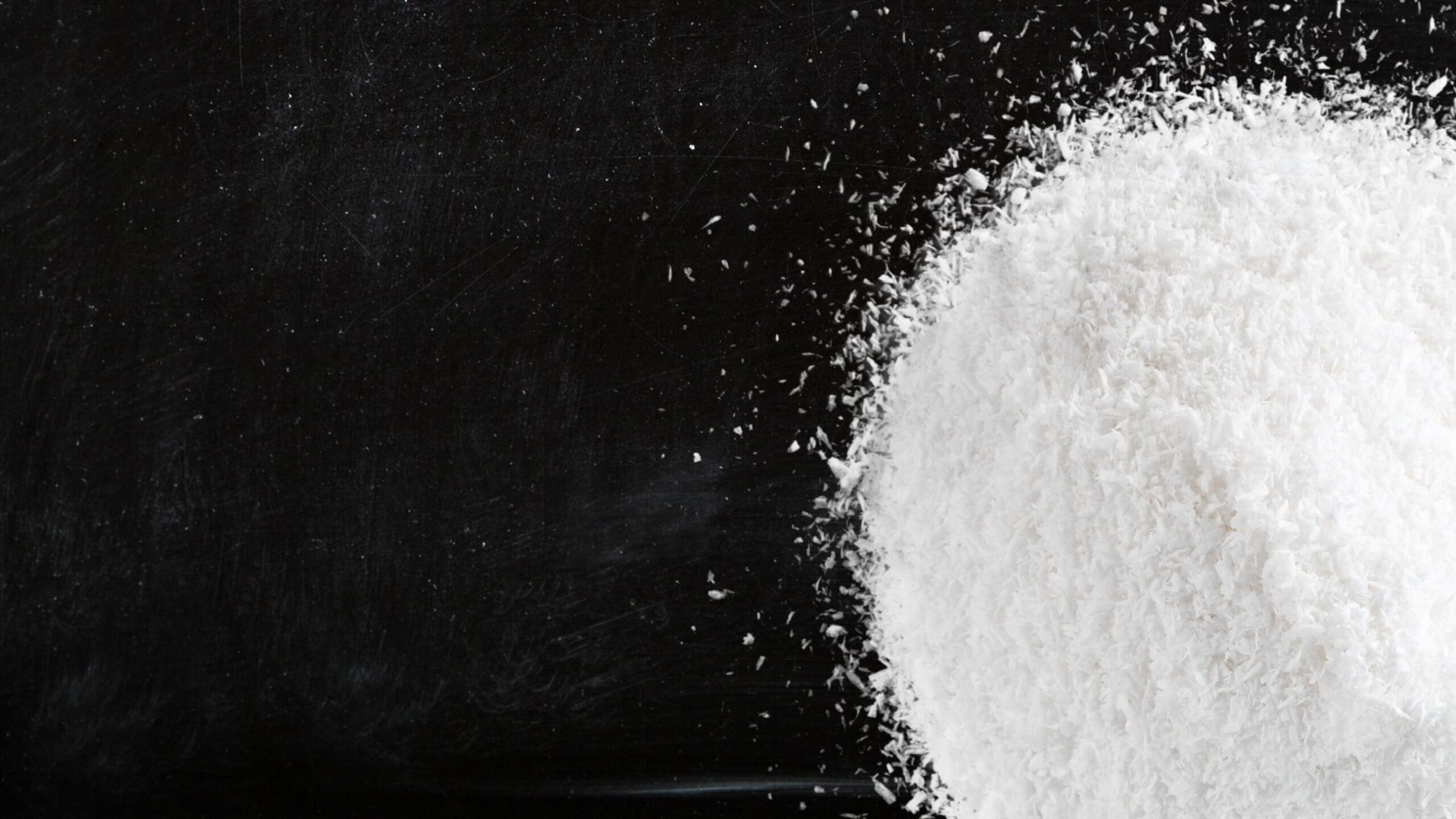On July 20, 2023, the European Commission published Commission Regulation (EU) 2023/1490 (Omnibus Act VI).
This regulation prohibits the use of the CMR (Carcinogenic, Mutagenic or Toxic for Reproduction) substances classified as such in 2022, adding 30 new entries to Annex II to the EU Cosmetics Regulation No. 1223/2009.
WHAT NOW?
Among the 30 new entries, ingredients used in cosmetics which are now classified as CMR (prohibited) are the following:
- Benzophenone (CAS 119-61-9)
- Teophylline (CAS 58-55-9)
- Pentetic Acid (CAS 67-43-6)
- Pentasodium Pentetate (CAS 140-01-2)
- Salts of 2-ethylhexanoic acid (Zinc Ethylhexanoate) (CAS 149-57-5)
- Melamine (CAS 108-78-1)
- Azadirachta Indica Seed Extract (CAS 84696-25-3)
- Azadirachta Indica Bark/Seed Extract (CAS 84696-25-3)
- Trimethylolpropane Triacrylate (CAS 15625-89-5)
The Commission Regulation will apply from 1 December 2023.
Therefore, beauty brands have few months to ensure compliance with the new requirements and to sell the existing stocks. As of December 1, 2023, non-compliant products must be sold or, otherwise, recalled from the EU market.
References:






